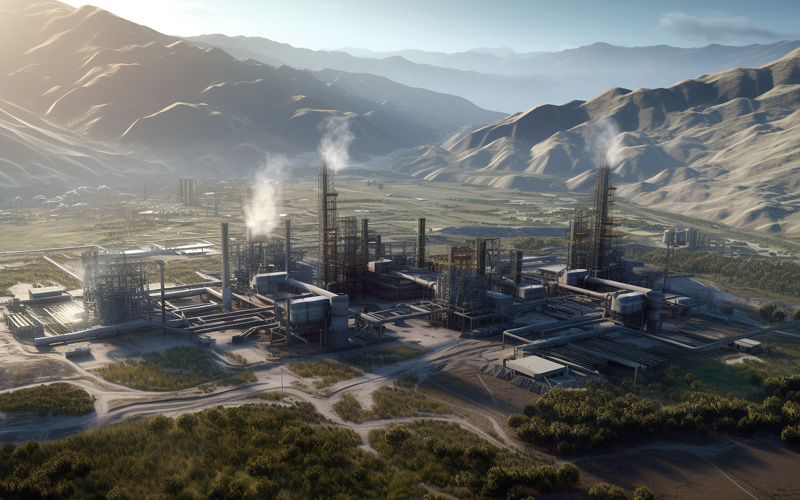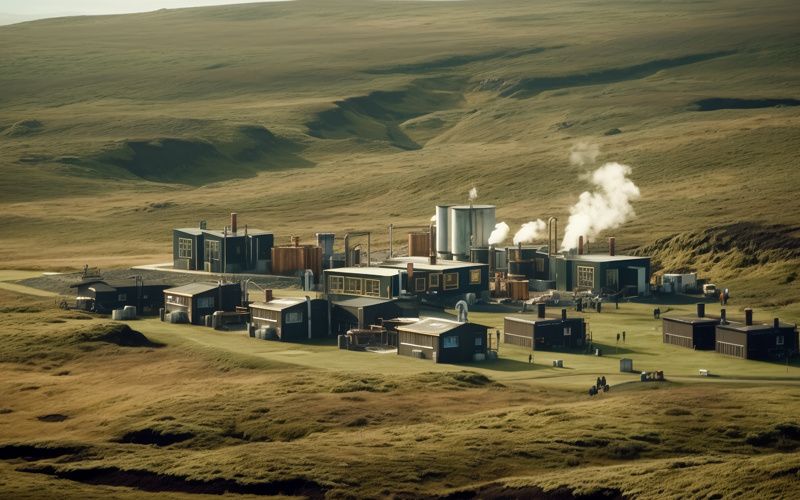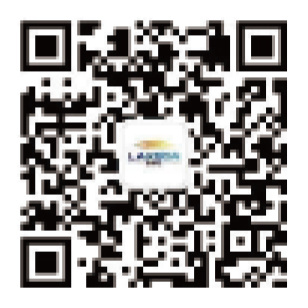【Technical Analysis】Sea, Land, and Air Radar—The "Invisible Guardians" That Permeate Our Lives
Release time:
2025-07-16
With continuous technological advancements, radar technology has transcended international boundaries and seamlessly integrated into various aspects of daily life, from travel safety to disaster response, and from smart living to public services. Radar has become an "invisible assistant" silently safeguarding convenience and security, always working behind the scenes to protect our lives.
Transportation
24/7 "Safety Guarantee"
Aviation Support
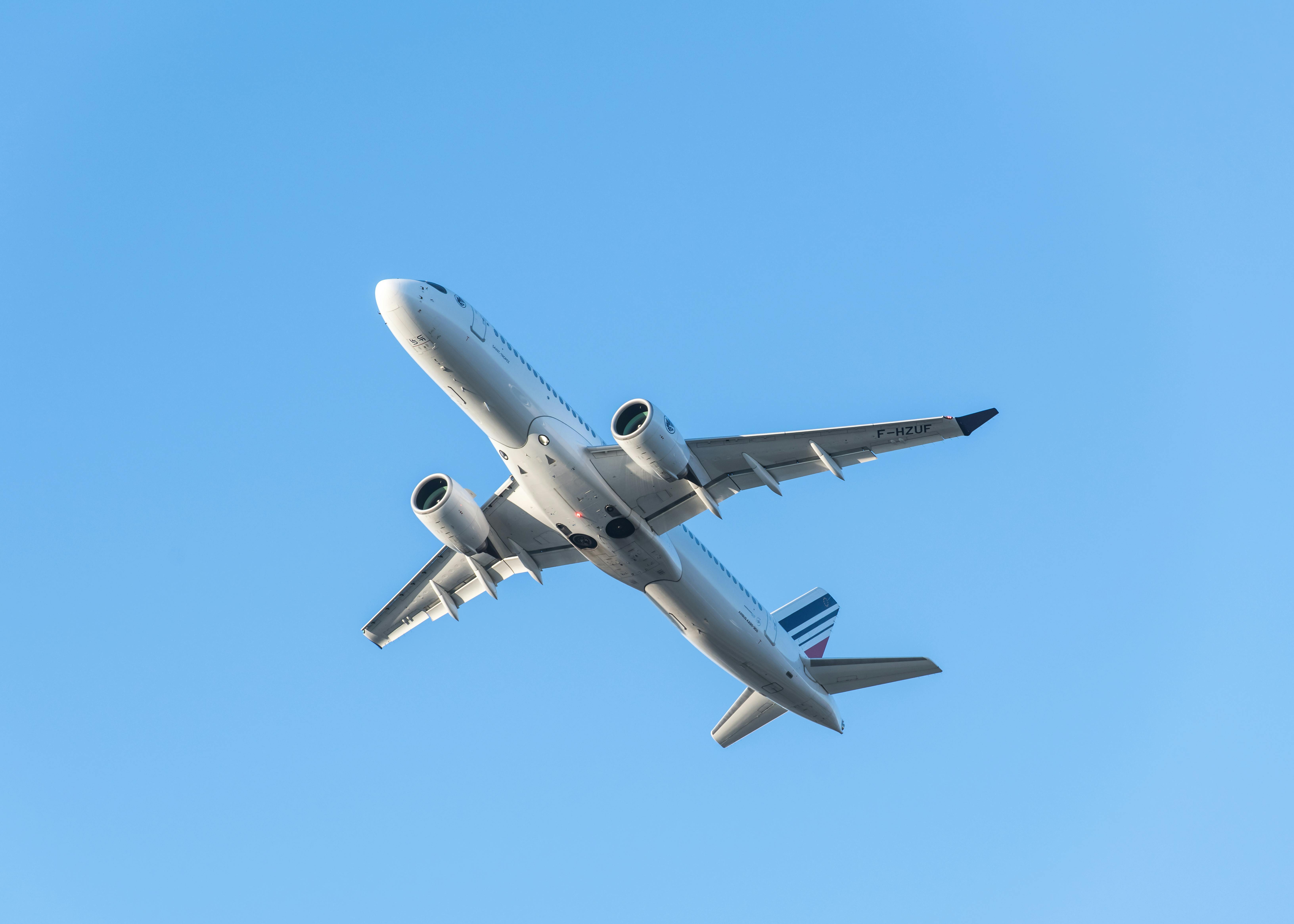
Airport weather radar, such as the C-band fully digital active phased array radar at Beijing Daxing International Airport, can penetrate low-visibility weather such as heavy rain and fog, and monitor aircraft position, speed, and heading in real-time, providing accurate data for aircraft take-off and landing to ensure safe arrival and departure.
Intelligent Driving
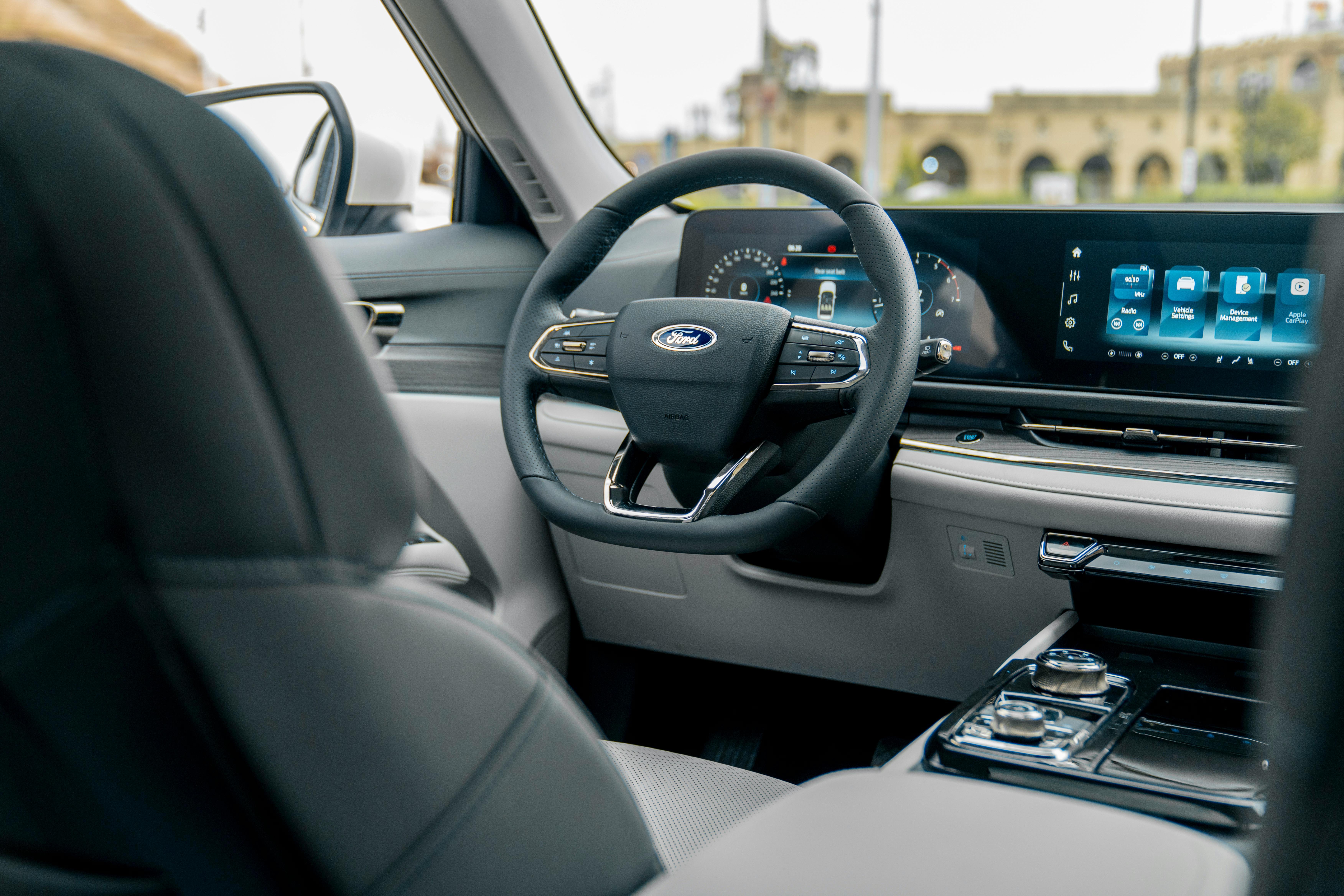
Millimeter-wave radar can penetrate rain, snow, and strong light, detecting the distance and speed of vehicles and pedestrians ahead, triggering collision warnings or automatic braking to prevent accidents.
Ultrasonic radar is responsible for short-range detection within 0-10 meters, assisting with automatic parking, door collision prevention, and water depth monitoring. Currently, more than 20 million units have been installed in vehicles.
Laser radar, in conjunction with cameras and millimeter-wave radar, achieves "extended-range" perception, proactively identifying dangerous scenarios such as road construction and running red lights.
Traffic Management
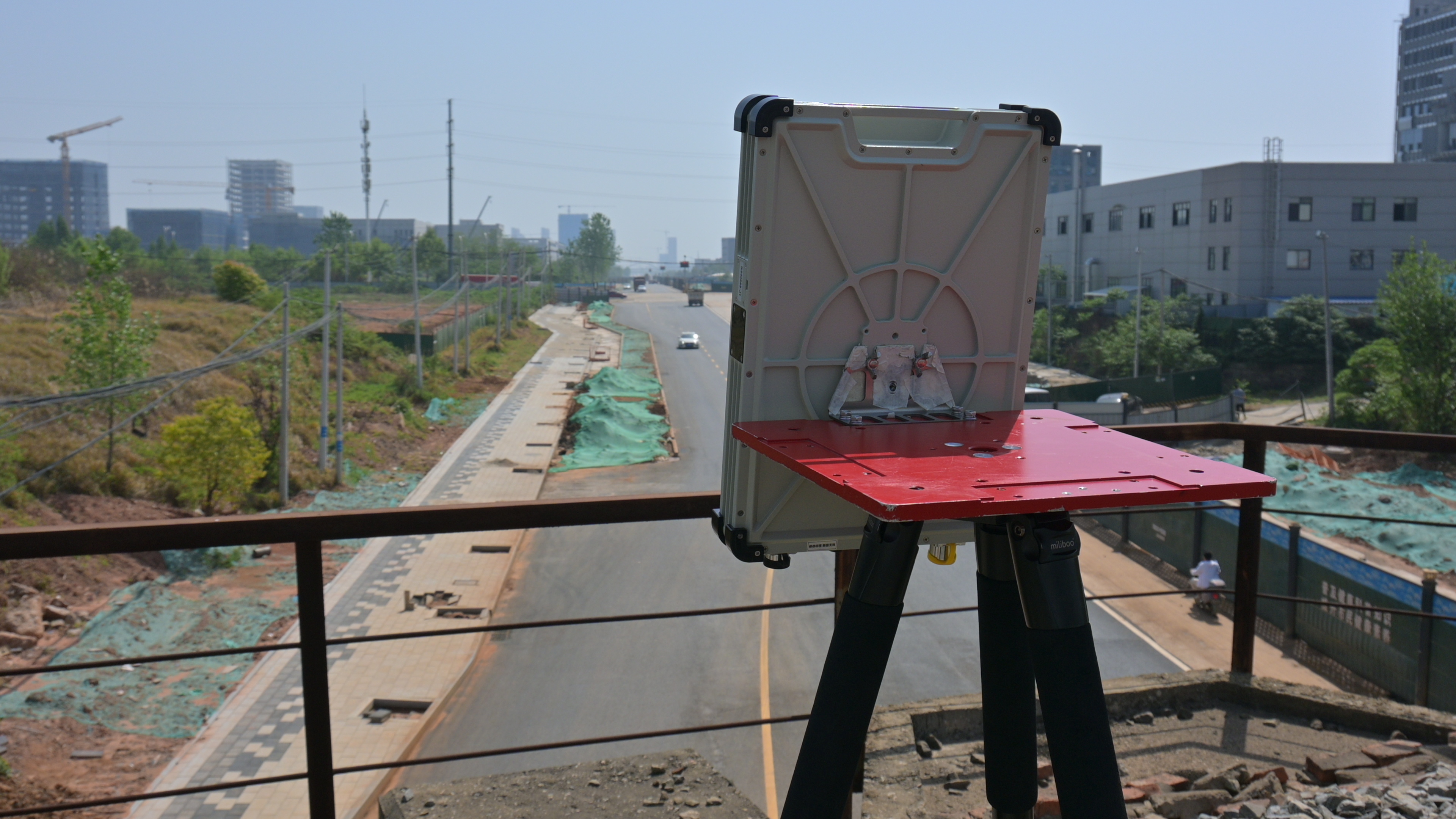
Actual image of Wuhan Rekeda products
Road radar can monitor traffic flow and speed in real-time, providing data for intelligent traffic signal control to alleviate congestion.
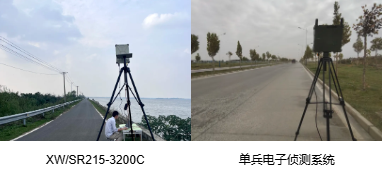
For example, Wuhan Rekeda developed XW/SR215-3200C ground security radar and Single-soldier electronic detection system can detect, identify, and locate multiple targets within a certain distance, including people and vehicles. It accurately provides the target's azimuth, distance, speed, and other trajectory information. Traffic management departments can use this data to scientifically adjust traffic signal timing, rationally plan lane layouts, achieve more refined separation of people and vehicles, and efficiently build a safe urban transportation system.
Emergency Rescue
Guardian of Life Safety
Disaster Search and Rescue
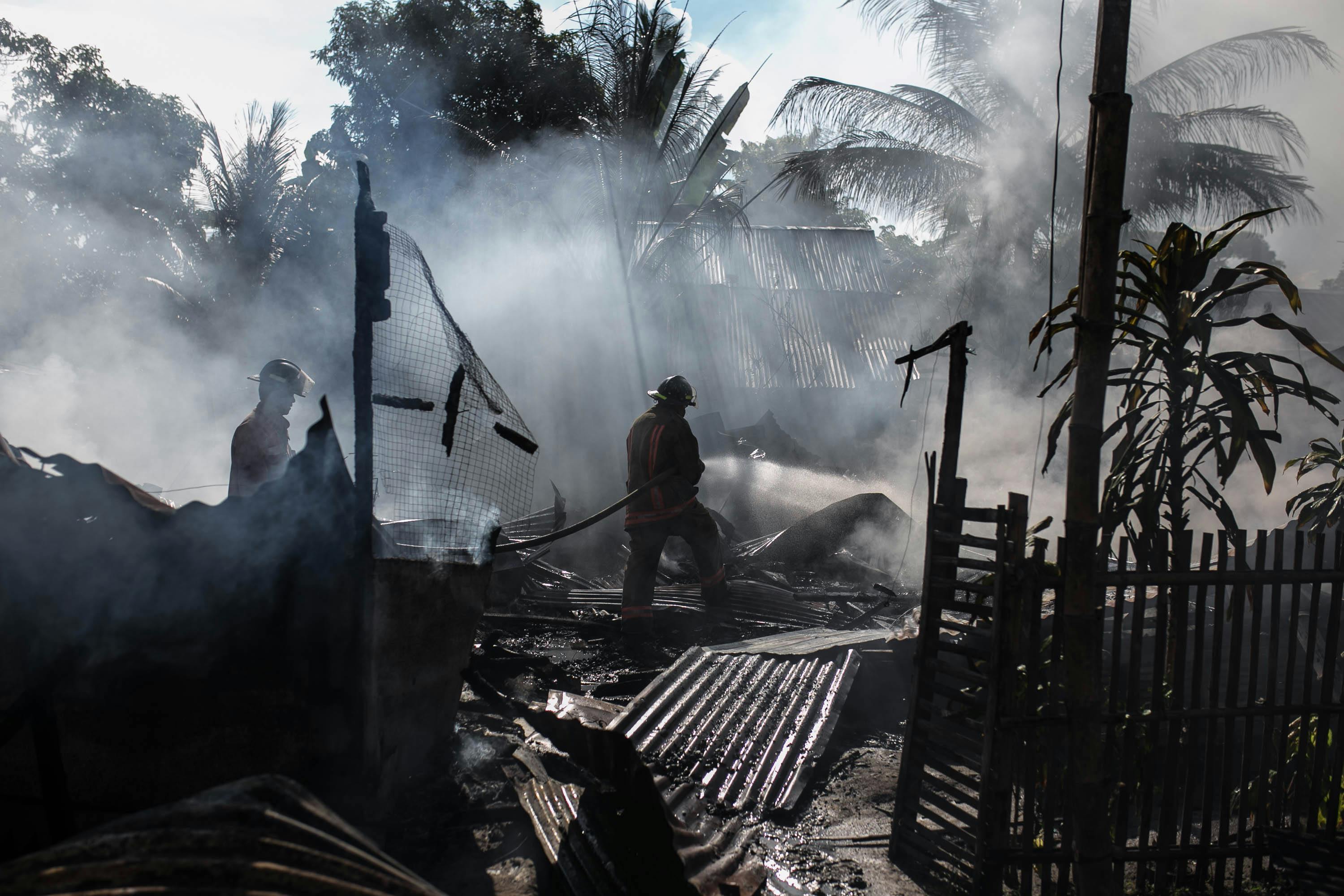
Life-saving radar emits electromagnetic pulses to the ruins, detecting the reflected signals of human breathing and heartbeat to locate trapped personnel. In the event of earthquakes and collapses, it assists rescue teams in finding survivors as quickly as possible.
Drones equipped with synthetic aperture radar can penetrate smoke and fog to generate three-dimensional maps of disaster areas, accurately assessing the extent and damage of the disaster to assist in rescue decisions.
Communication Support
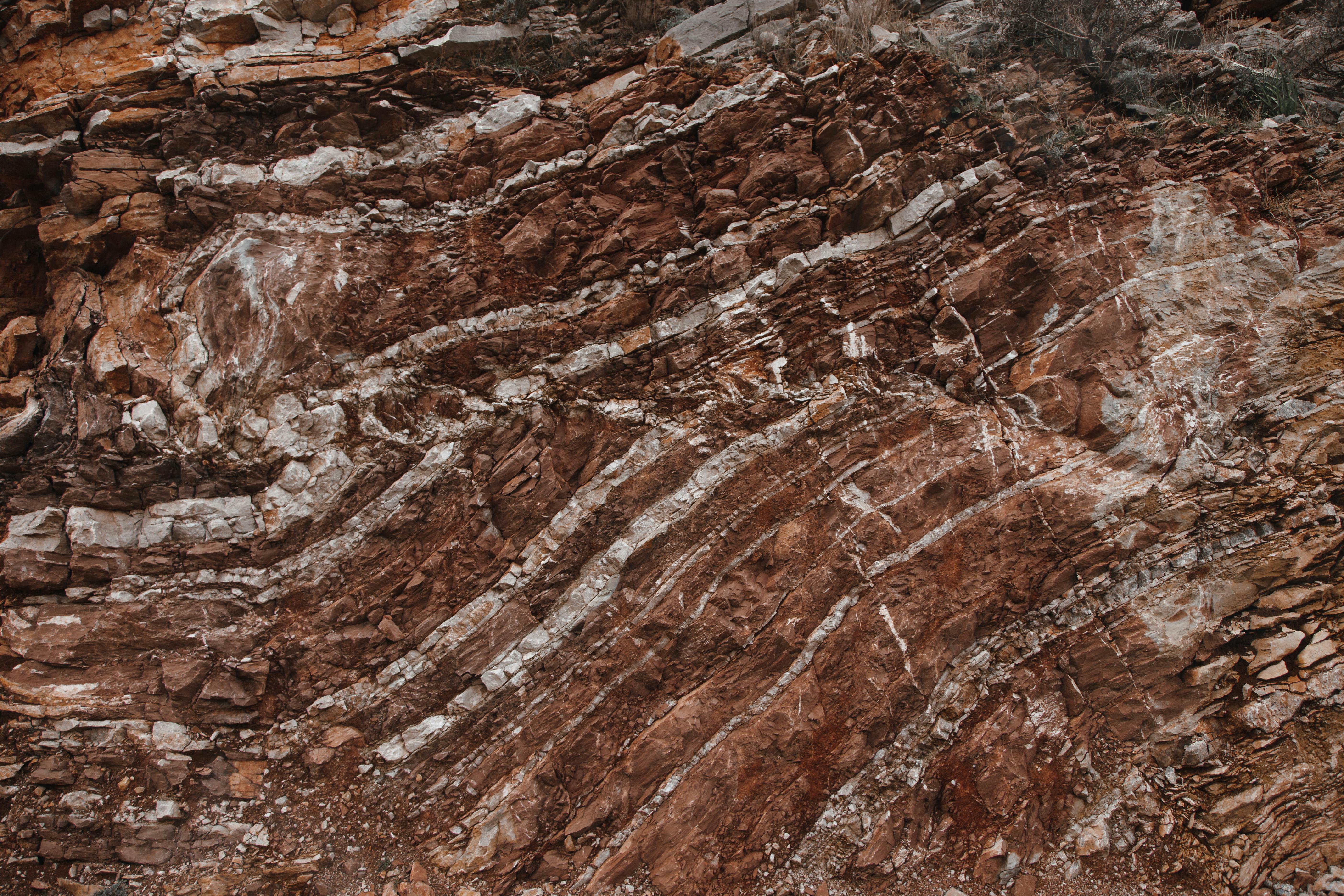
When ground base stations are paralyzed due to disasters, drones carrying radar-related communication equipment can quickly establish temporary networks to ensure rescue communication and data transmission, allowing the disaster area to "reconnect" with the outside world.
Geological Early Warning
Specialized radar, such as laser radar and synthetic aperture radar, can monitor minute changes in the ground surface, detecting the creeping changes of landslides and unstable slopes in advance, providing key data for geological disaster early warning.
Meteorology and Disaster Prevention
The "Prophet" of Early Warning
Weather Monitoring

A full range of meteorological radars, such as S-band dual-polarization phased array radar, can quickly capture the formation and movement trajectories of disastrous weather such as heavy rain, hail, and typhoons, issuing early warnings in advance to allow people time to prepare for protection.
From every braking warning during daily commutes, to the safe landing of flights on rainy days, to the detection of life under the rubble during earthquake rescue, radar technology penetrates the details of life with an "invisible hand," continuously empowering safety, efficiency, and convenience. With technological upgrades, they will play a greater role in more scenarios, making life smarter and more secure.

